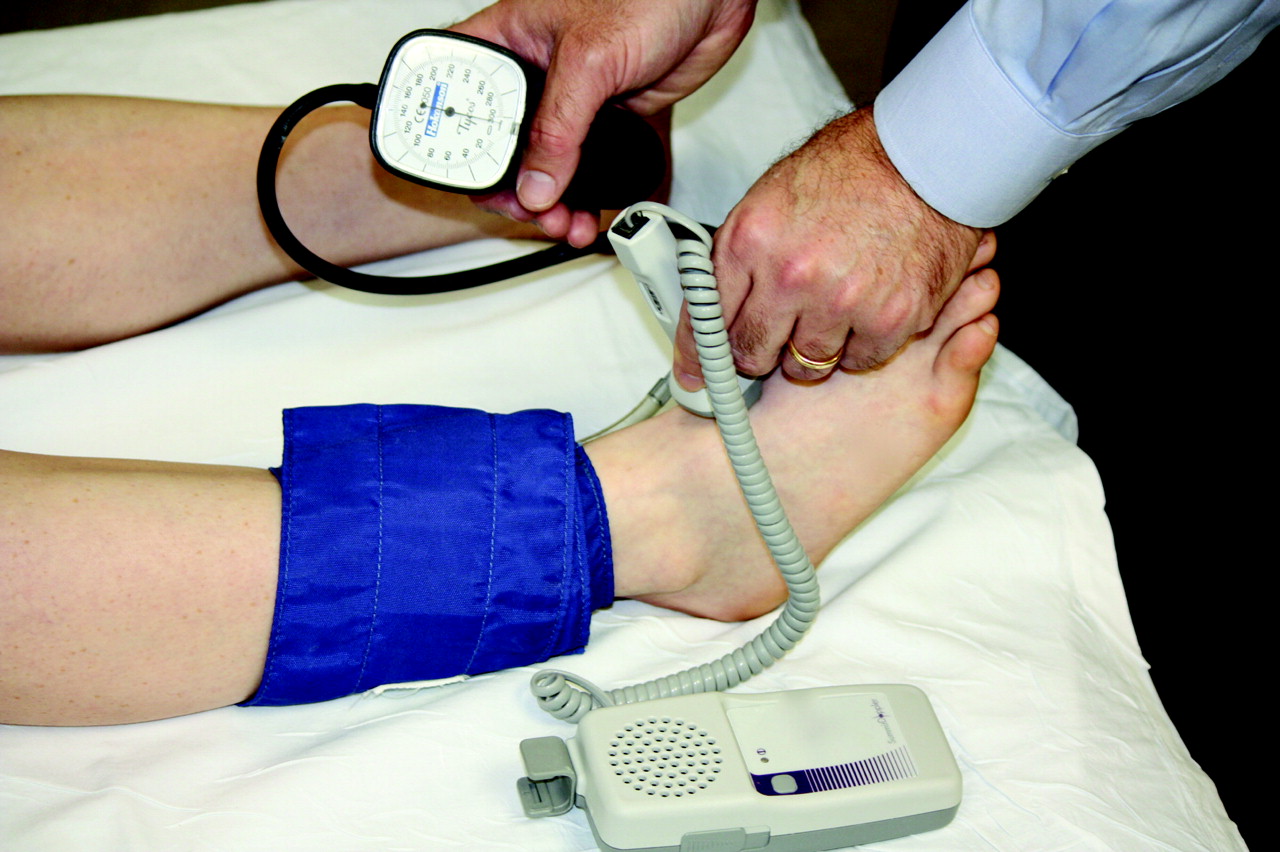Basic Facts:
- The ankle-brachial index test compares the blood pressure measured at your ankle with the blood pressure measured at your arm.
- A low ankle-brachial index number can indicate narrowing or blockage of the arteries in your legs.


Your Virginia Heart Care Team will give you instructions about how to prepare for your ankle-brachial index. You can drive yourself to the appointment, and you'll be able to drive after your test.
No special preparations are needed for an ankle-brachial index test. The test is painless and similar to getting your blood pressure taken in a routine visit to your doctor.
There are no post-test restrictions for an ankle-brachial index. After the procedure, you’ll be able to leave and go about your day.
Your Virginia Heart Care Team will contact you with your results.
Based on the number your doctor calculates, your ankle-brachial index may show you have: